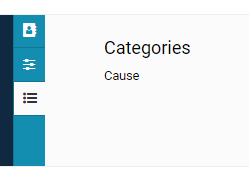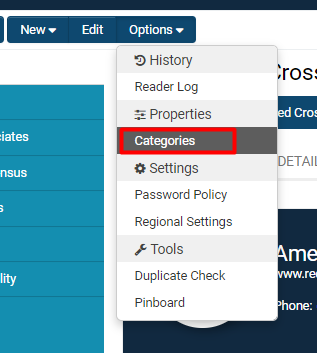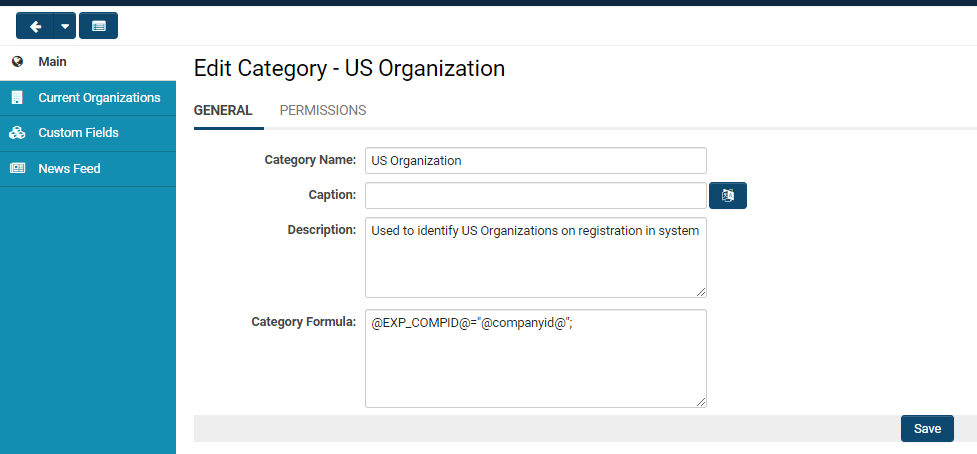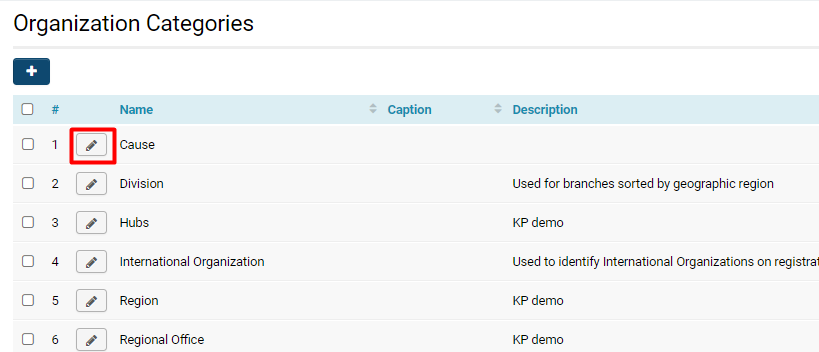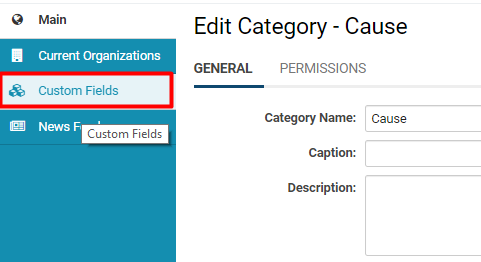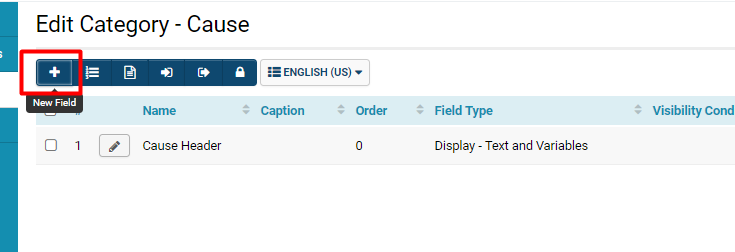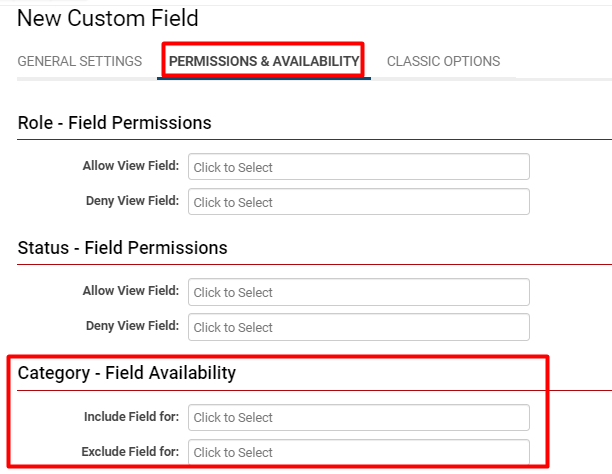Client Categories
Contents
Overview
Client or Organization categories are analogous to roles for contacts, or types for applications in s - these different characteristics will have the same Search locations in list views, so that you are able to search by Category Name or ID.
The categories to which an organization belongs are visible in the organization's profile.
Clicking on the icon labelled Categories will enable the categorization of the organization to appear on the right hand side. In this example, the organization falls under the Category Cause.
Changing Categories
Categories can be added or removed from an organization by selecting the Options button on the top left of the page. This will enable a drop-down of features; under the heading Properties is the option to modify Categories.
Organizations can have numerous categories. A good tip is to have a System Object category that can be used for miscellaneous or system-based organizations that might not have purpose otherwise; for example, if you have created an Organization of System Administrators in order to know who has high-levels of access and security permissioning in your system, you can categorize this organization under System Object and helpfully exclude it from ordinary searches.
Click Save when you are done modifying the categories for an organization.
Configuration - Essentials
Category Settings
Properties can be set for individual categories by:
1. Clicking on the 9-square menu icon on the top right of your page.
2. Clicking on Roles and Security under the heading Configuration.
3. Clicking on the Organization Categories hyperlink.
4. Clicking on the Category whose properties should be edited.
Every type of category will have the following General Settings:
| Category Name | The unique name of the organization category. |
| Caption |
The caption of the organization category; usually the same as the Name, unless otherwise necessary. The icon on the right of the text box is the ability to change the language for the caption. |
| Description | Narrative description of the category. |
| Category Formula | See Category Formula page for more information and instructions. |
Clicking on the second tab, Permissions, will open up security-based and accessibility options.
-
- Role Permissions: Select which roles you would like to assign to have access to this organization category.
The left hand menu will also have other tabs that allow you to explore the features of this organization category.
- Current Organizations: Will display a list of organizations that are currently sorted into this Category; here, organizations can be both added or removed.
- Custom Fields: Will display a list of the associated Custom Fields for this category.
- News Feed:
Variables
The organization category list can be retrieved from the UTA Level 1 using variables.
Use @client.categoryids@ to return a list of category IDs - comma delimited - note the leading comma - e.g. ",1234,555,666,"
Use @client.categories@ to return a list of category names - comma delimited e.g. "Agency,Marketing,Good client"
This is useful if you wish to use a category to dynamically drive a set of custom fields displayed to the user.
Configuration - Advanced
Building Fields On Organization Categories
Custom Fields can be built specifically on a category; or, they can be built as part of the Common Fields fieldset and permissioned by category, in the same way that fields can be built on types.
1. Click on the 9-square menu icon on the top right of your page.
2. Under the heading Configuration, select Global Settings.
3. On the first page (tab named System), under the subsection System Configuration, select the hyperlink Organization Categories.
-
- You can also access Organization Categories from the menu icon > Configuration > Roles and Security > Organization Categories. Both methods will bring you to the same list.
4. The list of available organization categories in your system will be displayed. Click the pencil icon next to the category upon which you want to build a field.
5. The Edit Category page will be displayed. On the left-hand side is a menu; click on the Custom Fields tab.
6. Any available custom fields on this category will be displayed as a list. To create a new field, click the + icon on the top left.
For more information on how to create a custom field, see our Custom Field – General Information page or the Custom Fields Category.
- Common Fields cannot be changed into a Type- or Status-bound field, whereas Type- or Status-bound fields can be changed into part of the Common Fields fieldset.
Permissioning Fields for Categories
Another method of making a Custom Field tied to a specific organization category is to modify its Permissions & Availability.
When making a custom field (see: Custom Fields – General Information), click into its Edit Field mode and select the second tab labelled Permissions & Availability.
Under the subsection Category - Field Availability, click into each combo box for Include Field For and Exclude Field For to permission this field against certain organization categories in the system.
By selecting which categories to include the field for, these fields will pop up for any organization that falls in this category.
By selecting which categories to exclude the field for, these fields will never appear for any organization that falls in this category.

